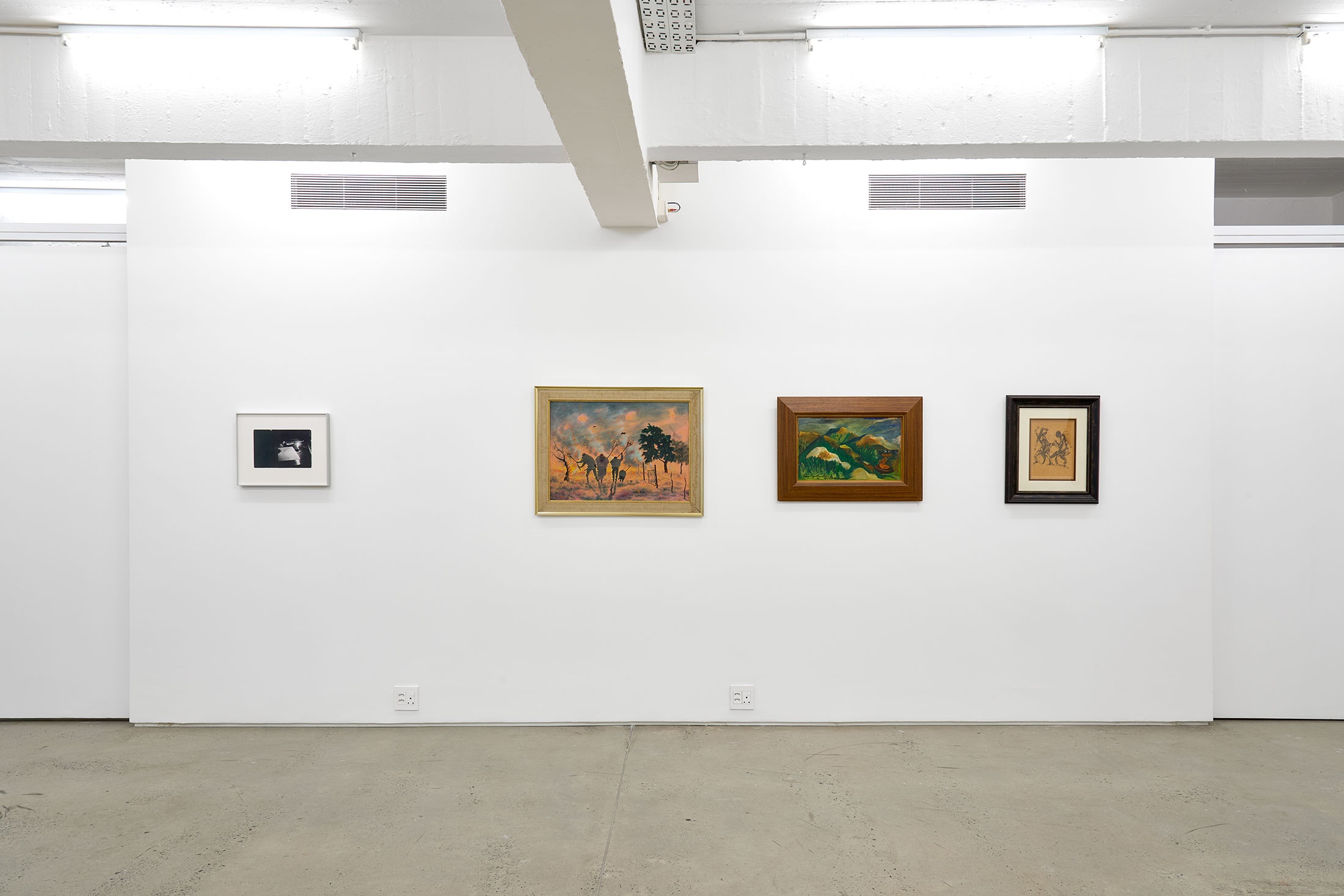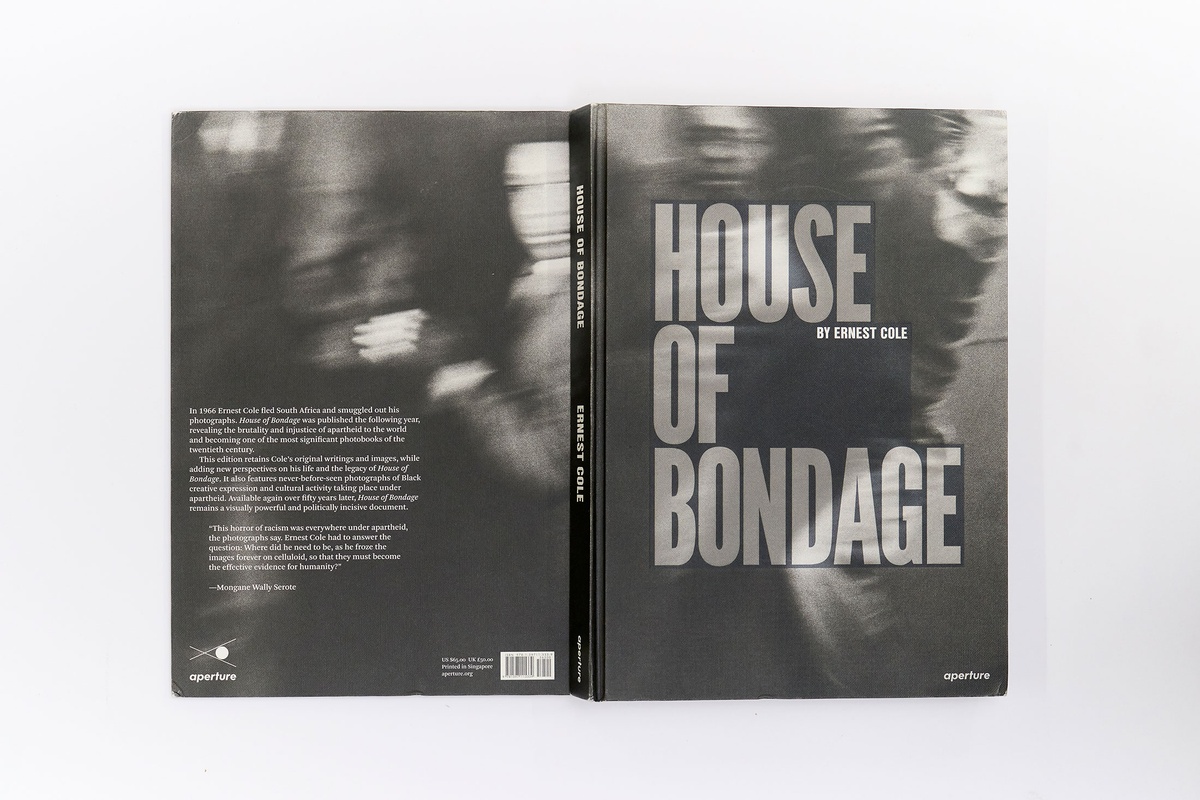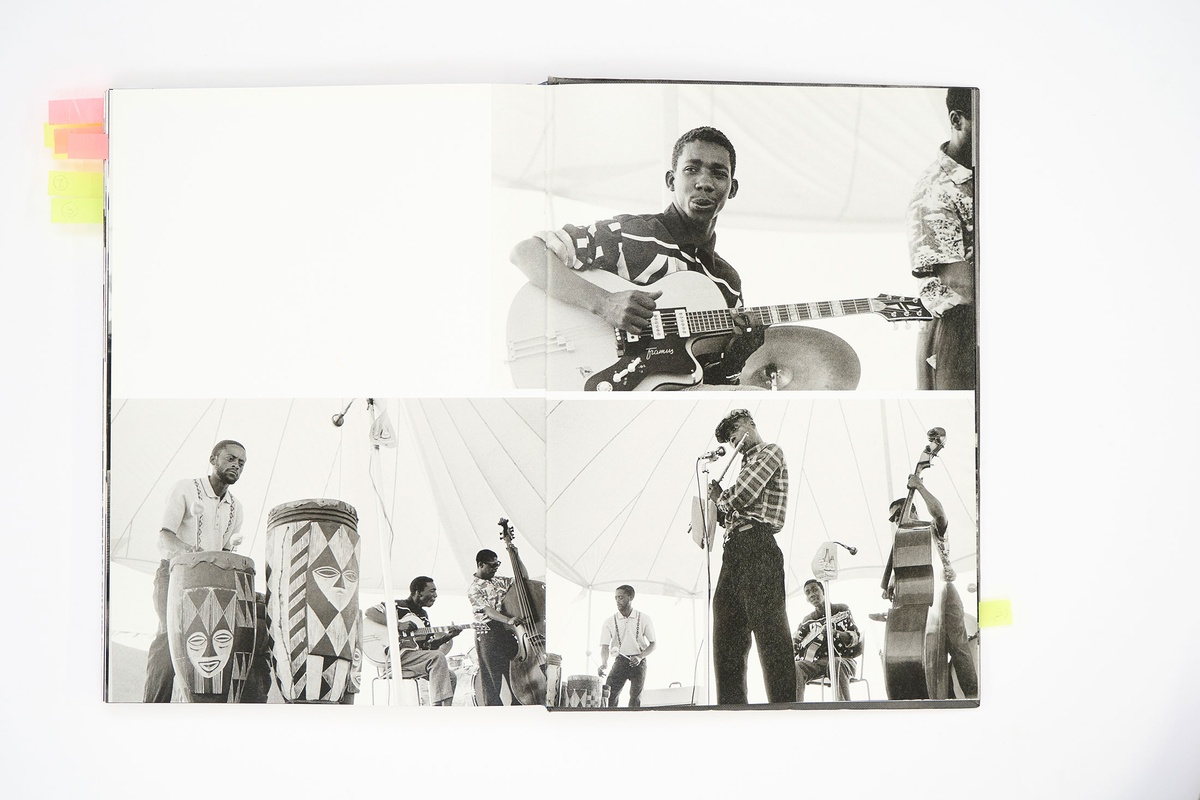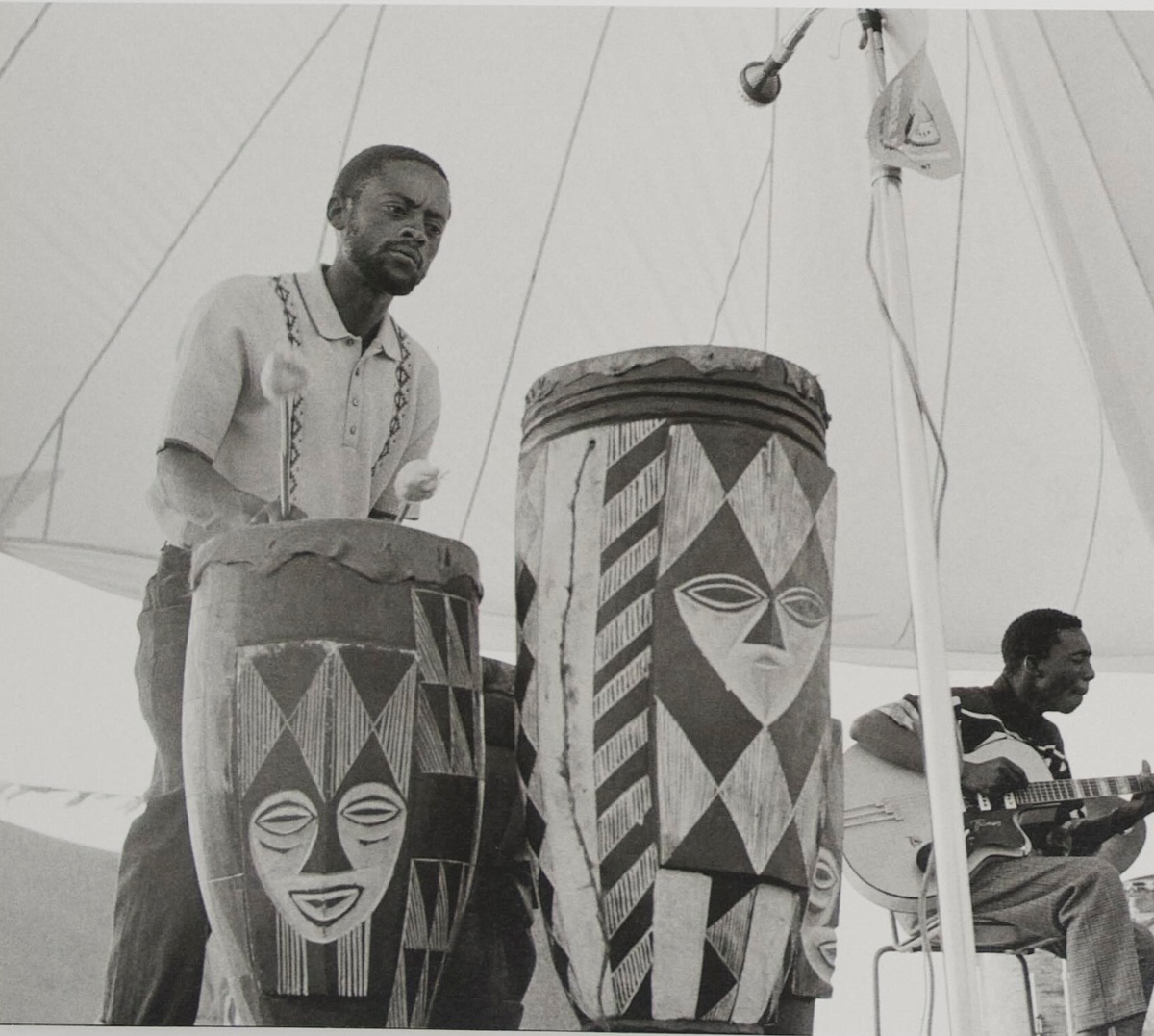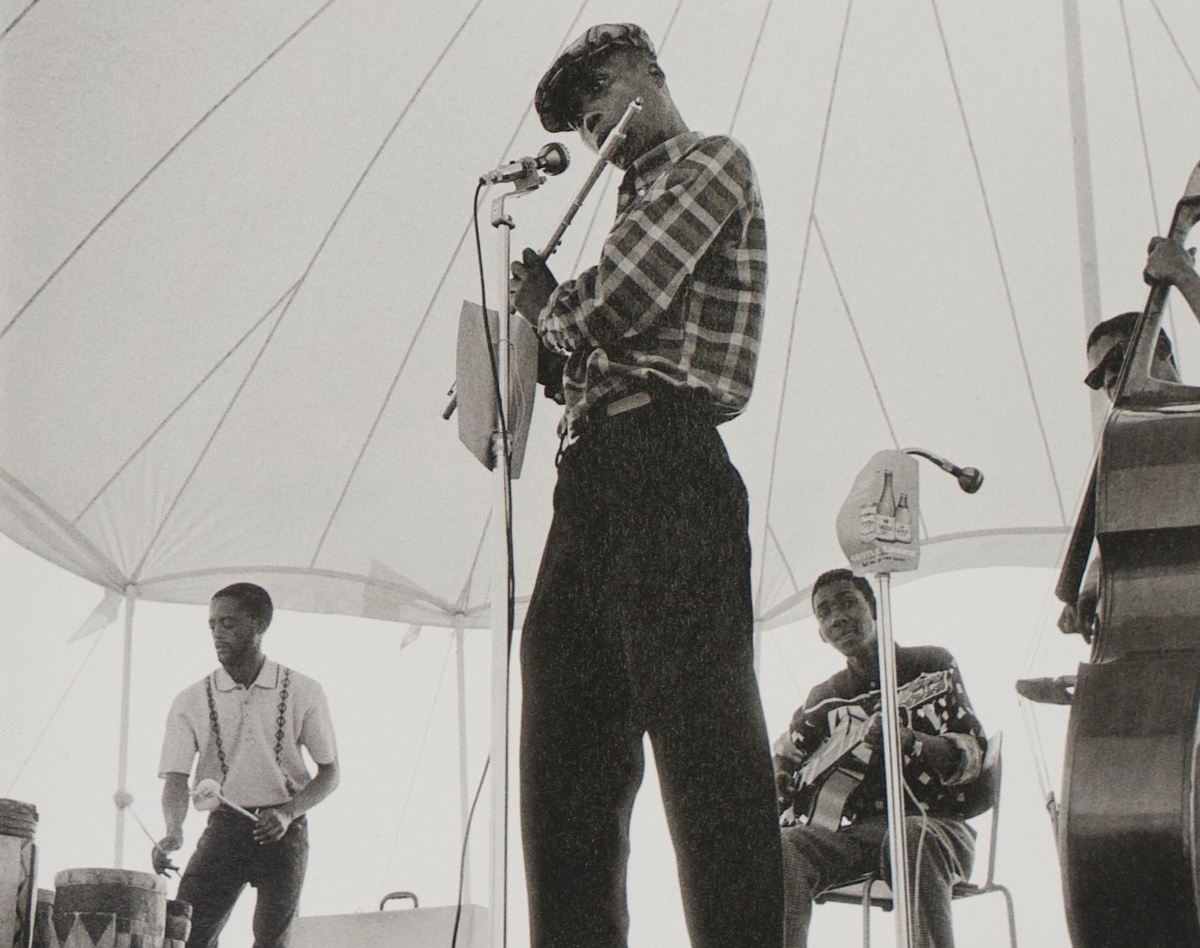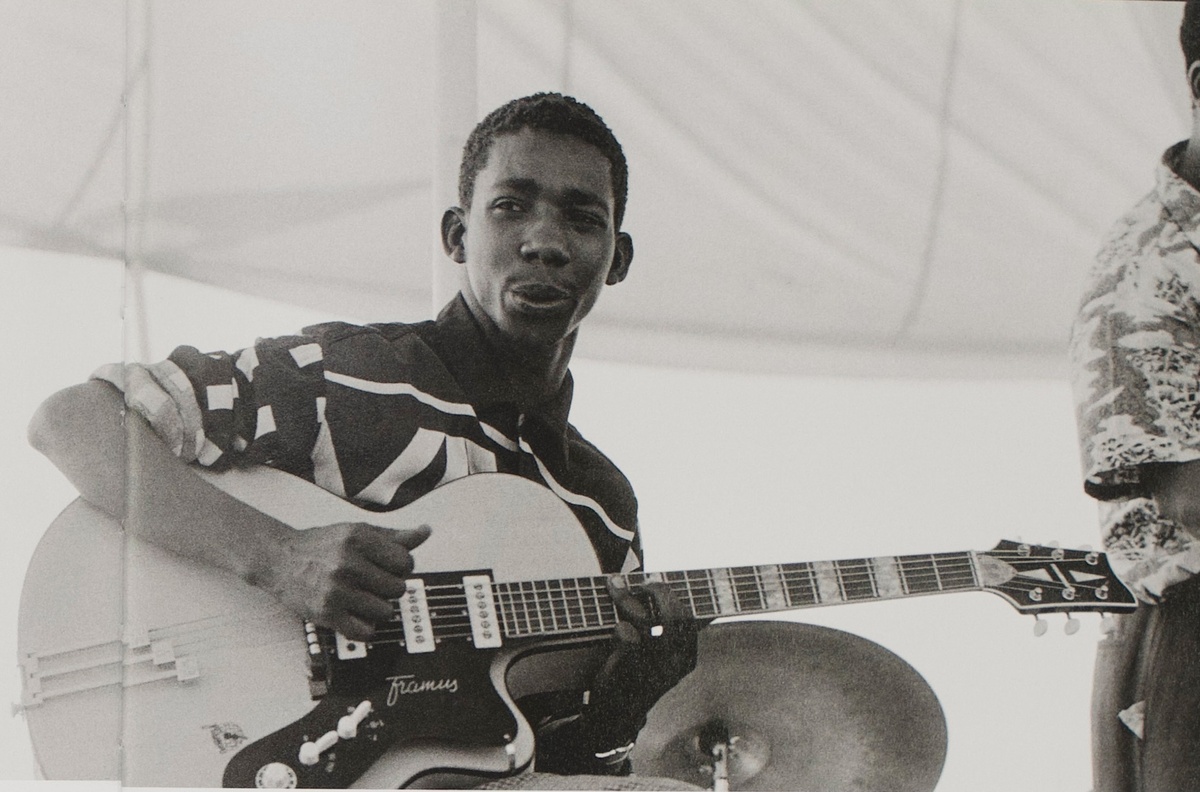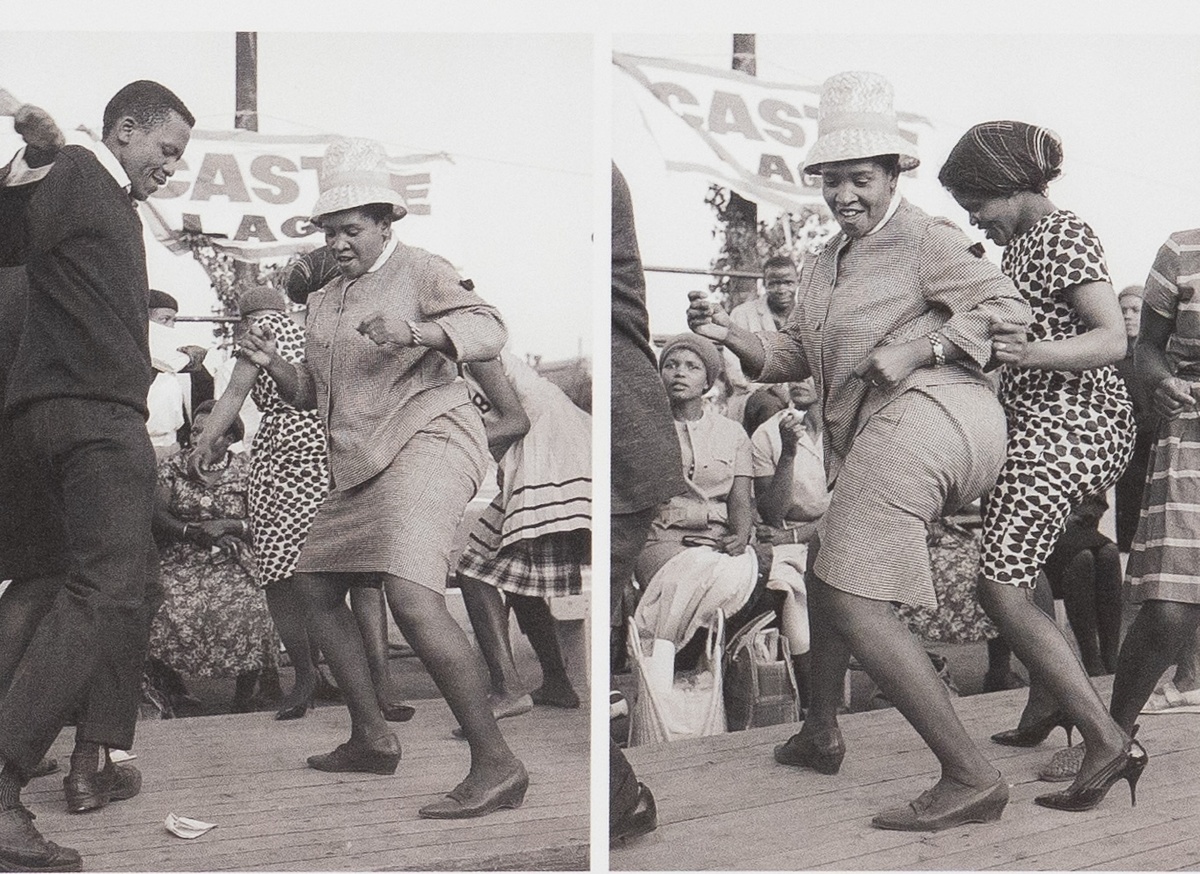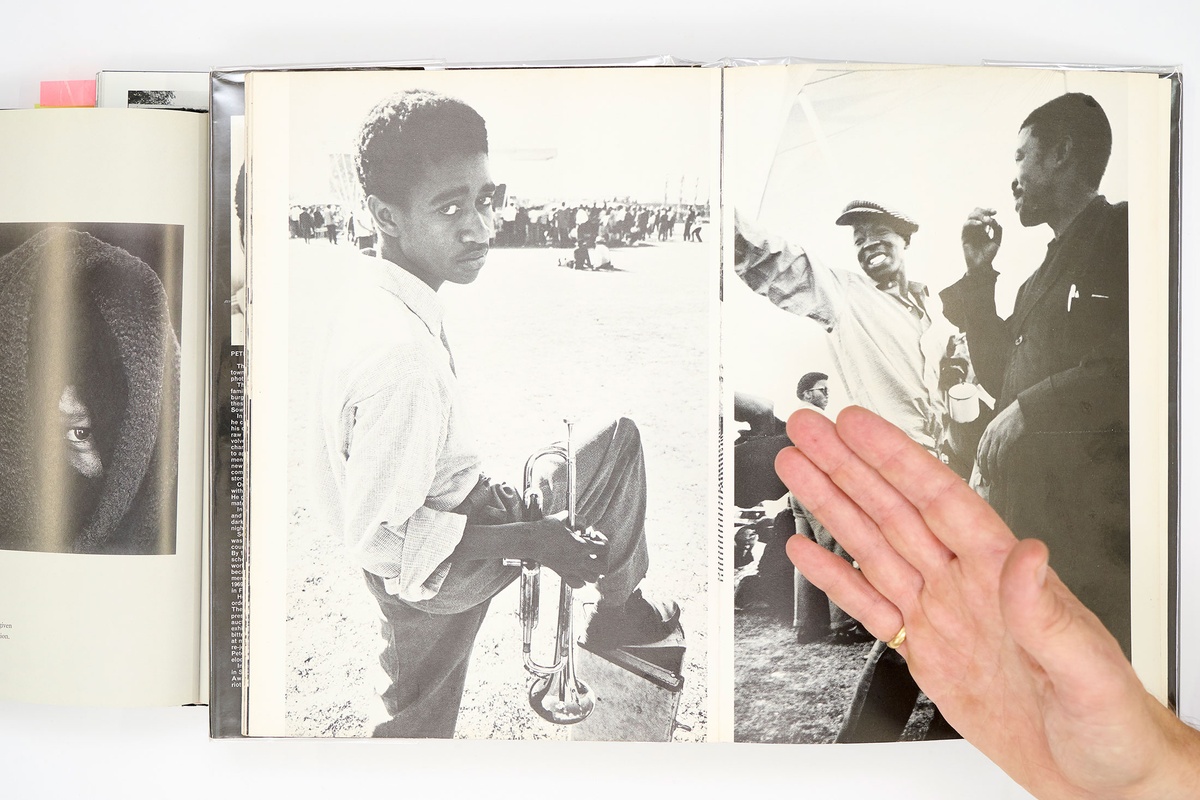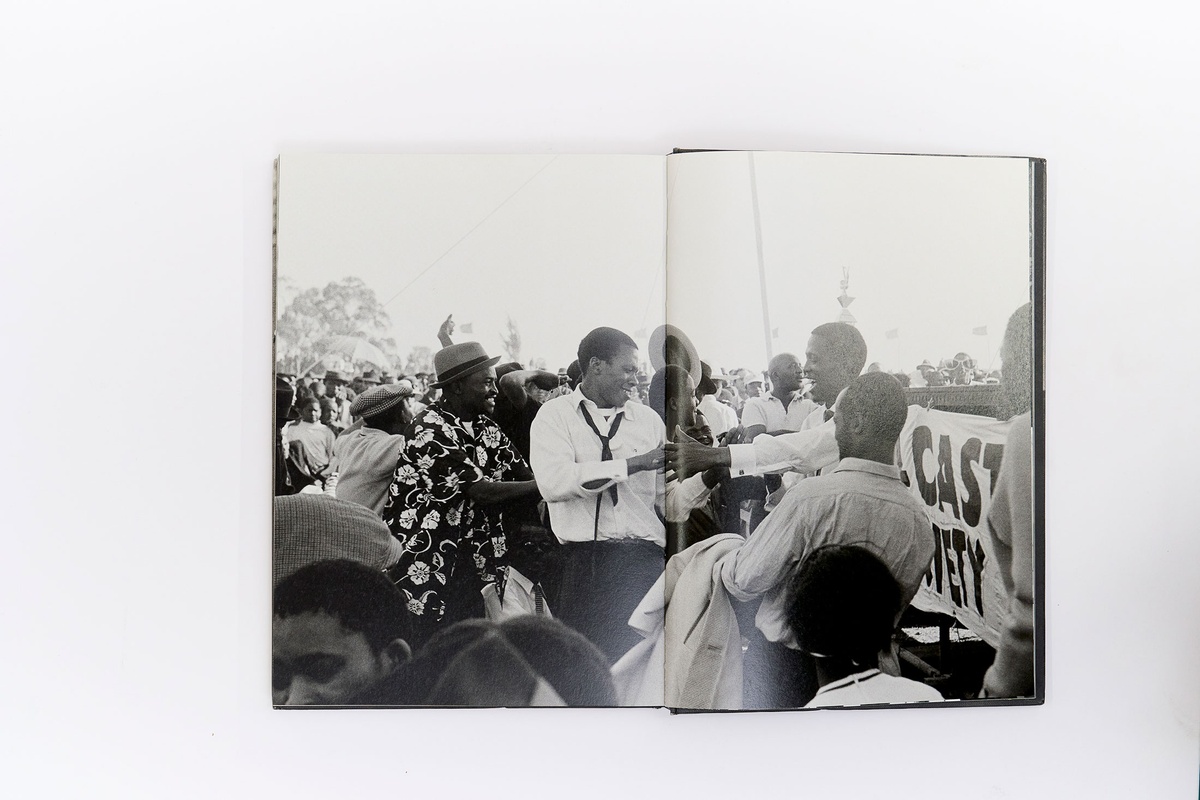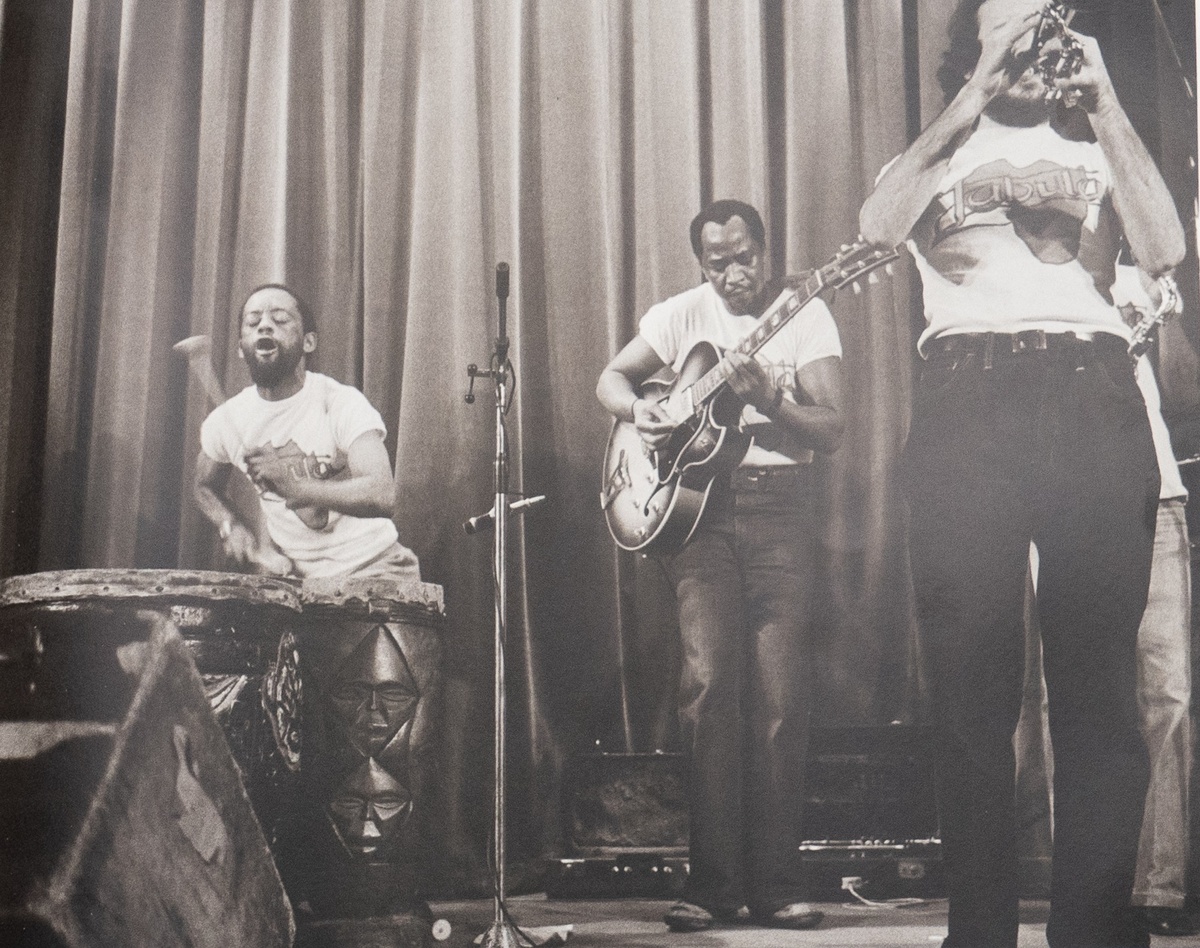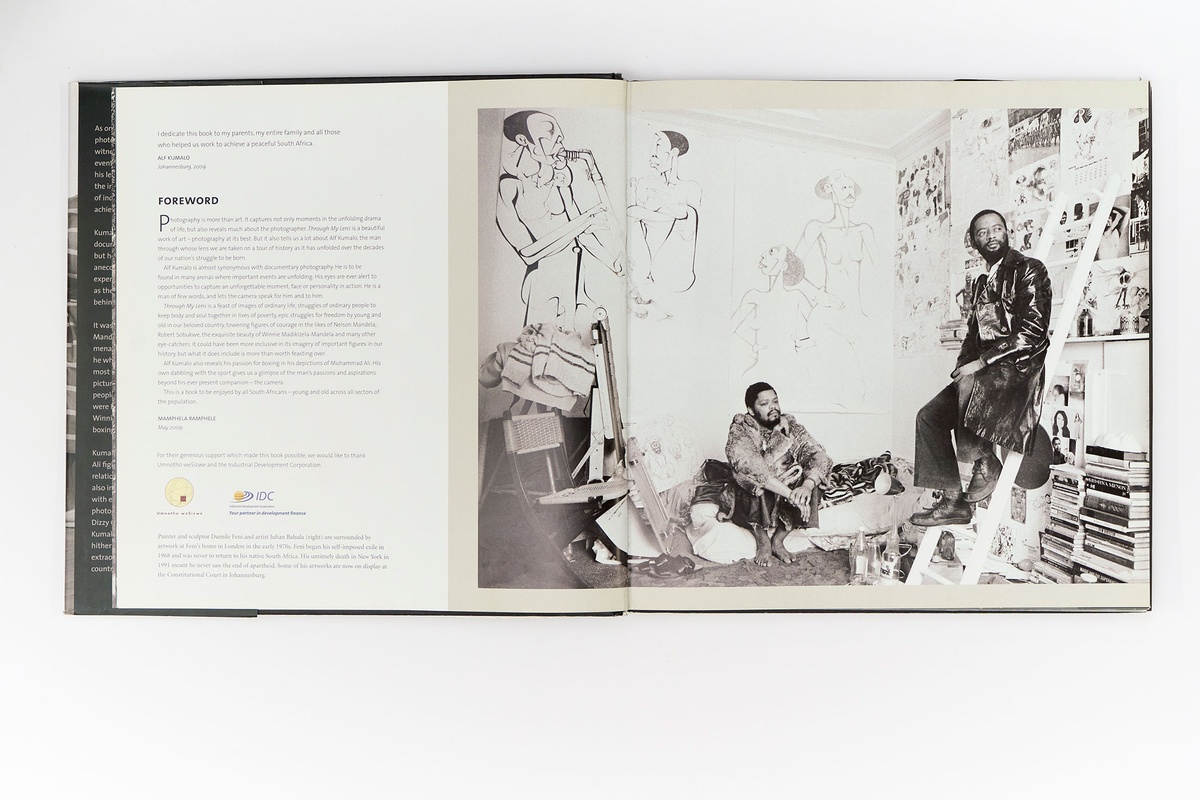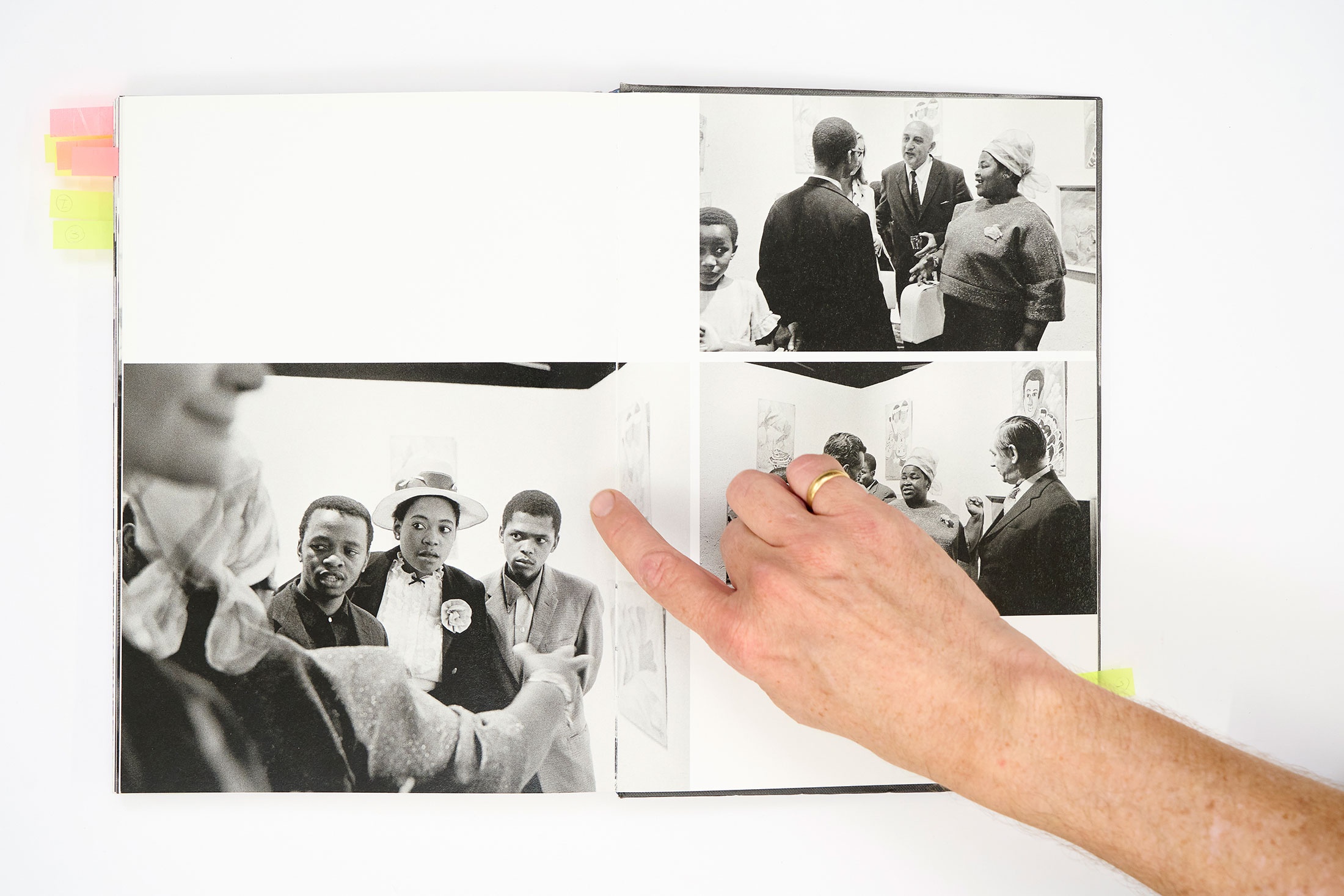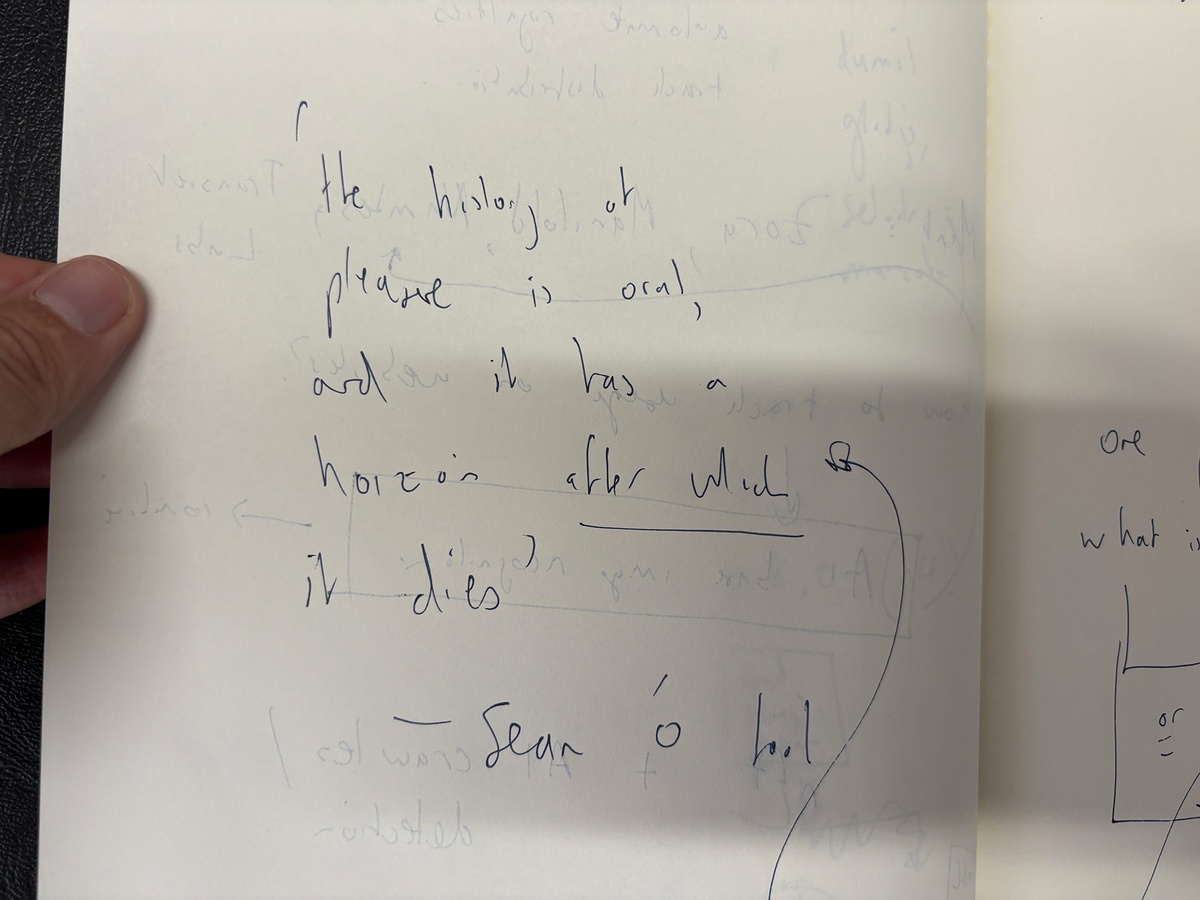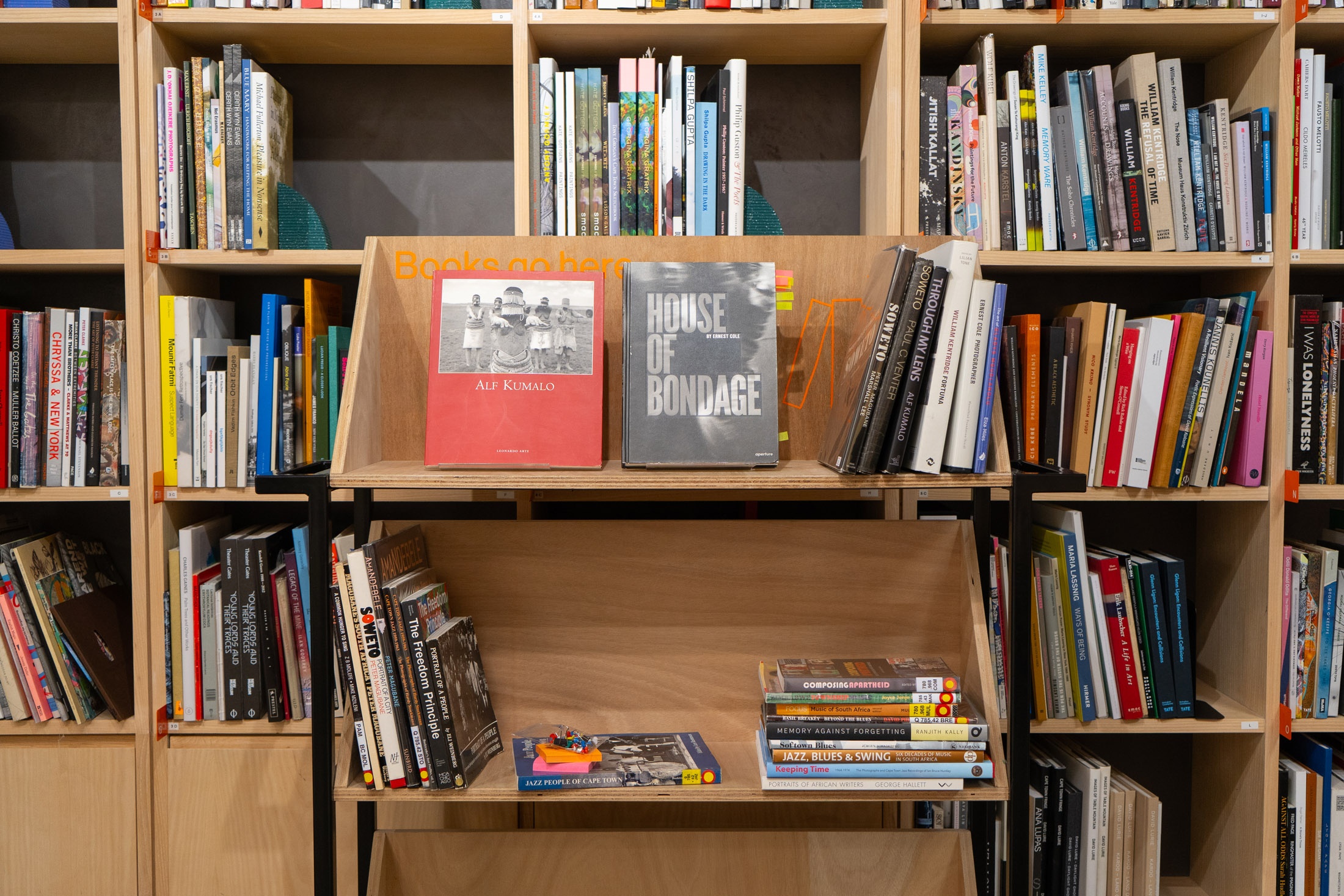
Resident: Matthew Blackman
Librarian: Daniel Malan
Curatorial support: Khanya Mashabela
In January 2025, Matthew Blackman was in A4’s Library working on a personal research project on the history of South African modernism when he happened across our collection of photobooks documenting the country’s social landscape in the 1950s and 1960s. These books suggested a tributary he might follow: the influence and coincidence of art and jazz under apartheid, and the individuals that came to exemplify it, as reflected in Through My Lens: A Photographic Memoir by Alf Kumalo (2009), Jazz, Blues & Swing: Six Decades of Music (2007) by Jürgen Schadeburg, and Ernest Cole’s House of Bondage (1967), among others. Blackman returns to A4 to pursue this line of enquiry for our inaugural Library residency.
The re-publication of Ernest Cole’s House of Bondage, with its restored final chapter, ‘Black Ingenuity’, has posited some questions. Many of the figures in the images have remained unidentified or misidentified. And yet traces and testimonies remain in hundreds of other images produced by his fellow Drum photographers. A great deal of work is required to synthesise these images and identities. As Lewis Nkosi observed in the 1960s, a nexus of creative urban social life in South Africa was at its climax, resulting in the production of some of the most pivotal works of South African art, writing, photography and music. At the centre of this creative moment was South African jazz and its growing culturally specific forms. Many of the photographers who worked for the magazines Zonk and Drum were swept up in the fecundity of this ‘fabulous decade’, as Nkosi termed it. They captured this fugitive creative movement that the apartheid regime attempted to destroy. Using Cole’s ‘Black Ingenuity’ as an activation point, this project will begin a longer research project into establishing the identities of these figures and their attendant creative practices.
– Matthew Blackman
–
The Library residency offers practitioners time and space to pursue their particular research queries and interests, working in and among our expansive collection of publications and miscellaneous printed matter. Residents have access to all our books and ephemera, the collaborative assistance of Daniel Malan in the role of librarian, and the support of the curatorial team over a two-week period. A4 is interested in sharing modes of research and investigation with our community, exploring ways of showing practitioners' process. We encourage residents to ‘think out loud’ via marginalia, recording their meanderings through books, essays, excerpts, and images, making the often opaque work of research visible. Towards the residency's end, practitioners are invited to develop a small programming component or engagement with the library's users and invited guests.
Blackman selects artworks from A4’s Archive at the conclusion of his residency in the Library. Hung in the adjacent Reading Room, they supplement his research and provide prompts for further discussion.
Taking the cue of Matthew Blackman’s residency at A4, this path looks closely at a single image by Cole and then follows its connections to photojournalists, musicians, and artists from the mid-century onwards. – April 24, 2025
